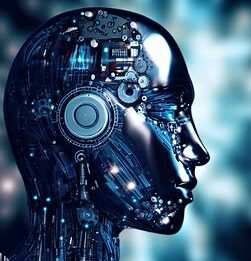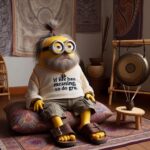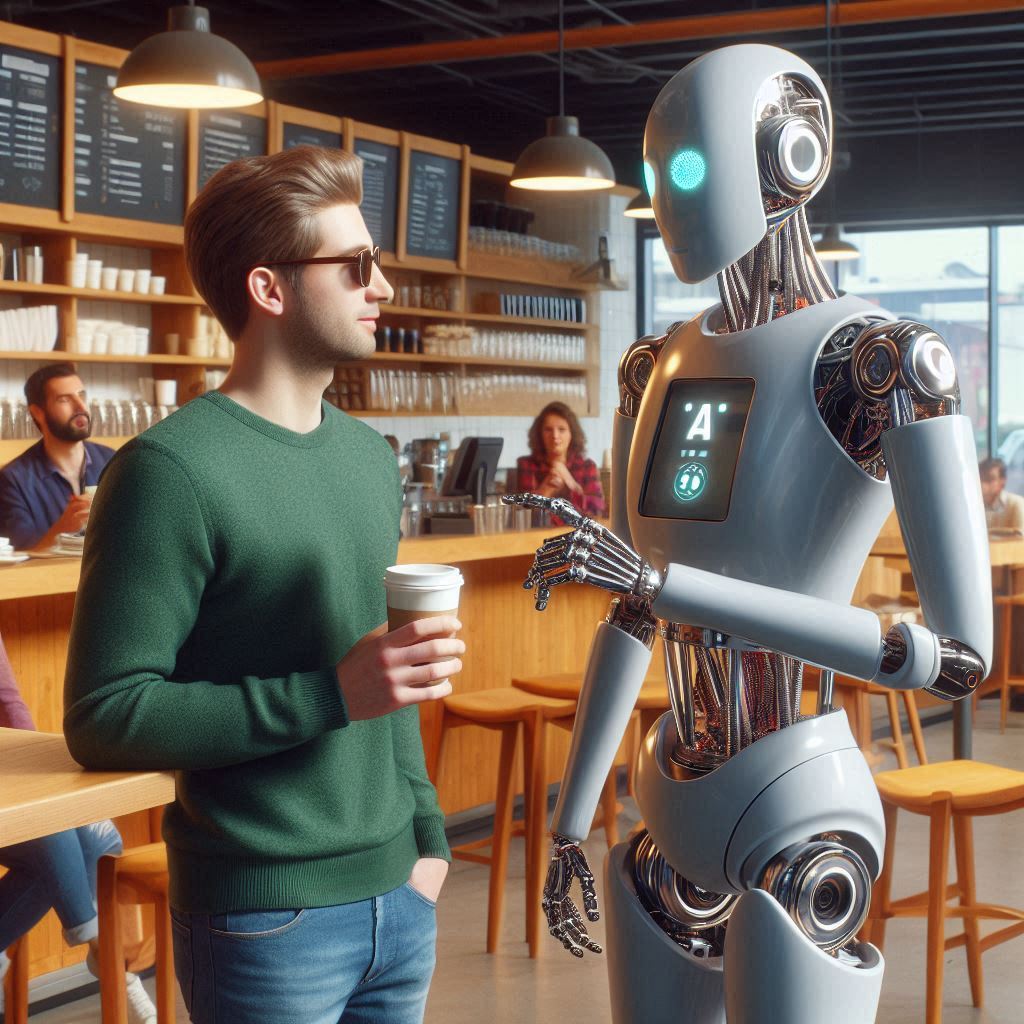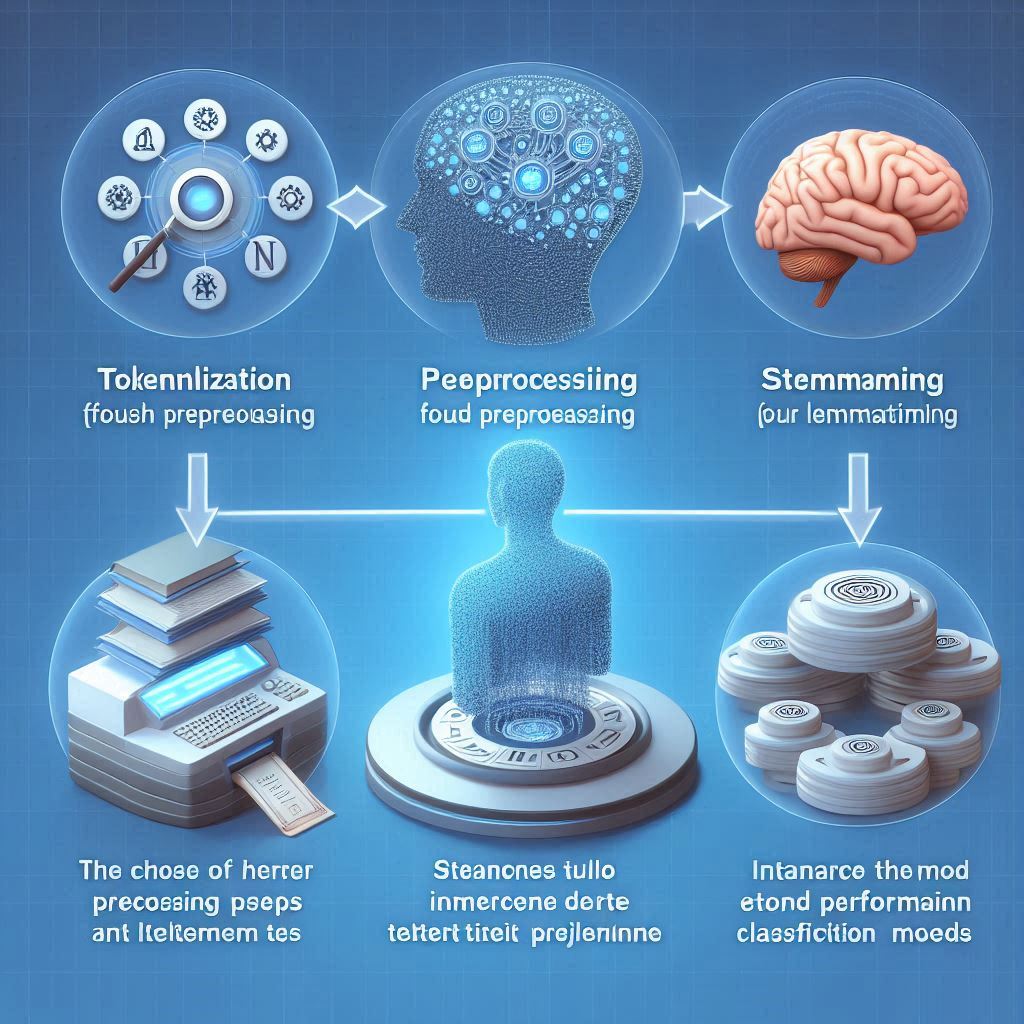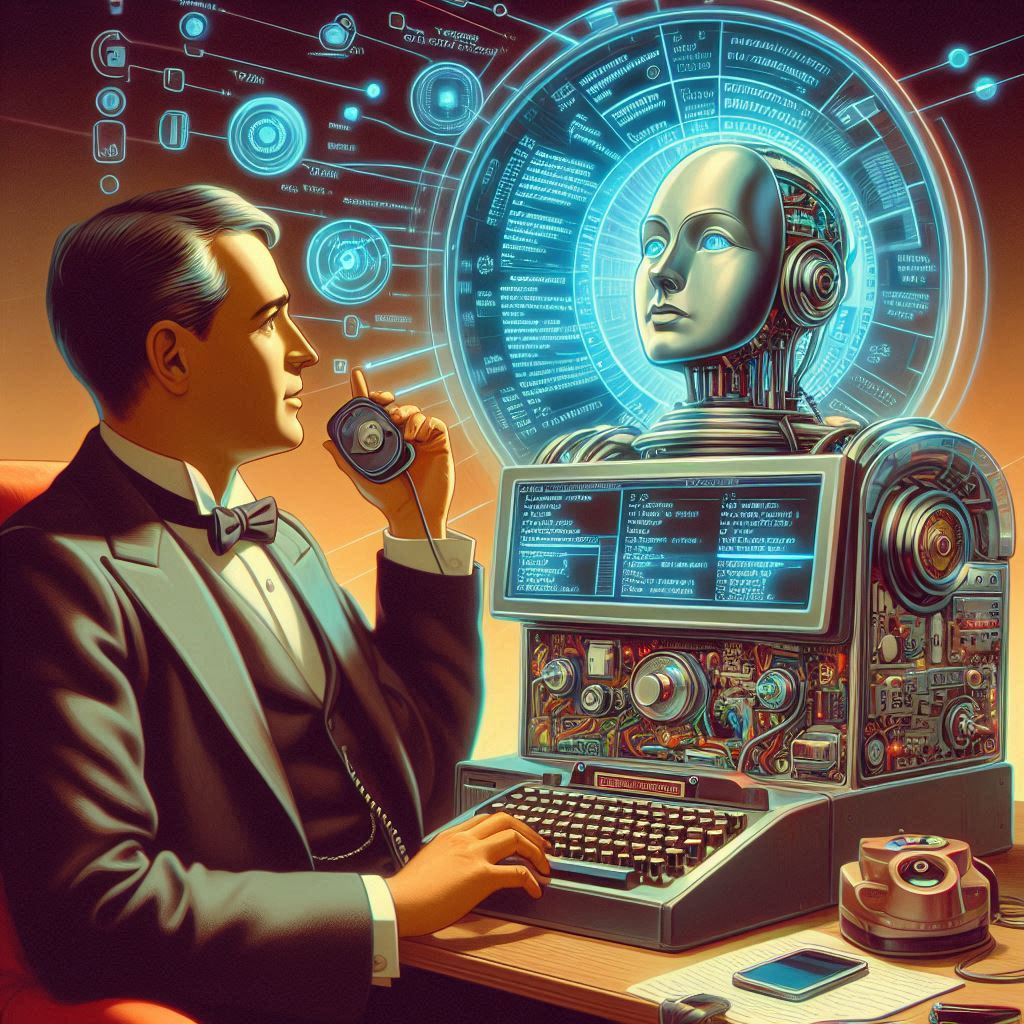Can My Human Resources Job Benefit From ChatGPT?
Human resources (HR) roles are becoming increasingly complex and demanding. As the workplace continues to evolve, HR professionals need reliable tools that can help them stay organized, make decisions quickly, and manage tasks efficiently. ChatGPT is a relatively new AI-powered platform that can provide HR professionals with a powerful suite of tools to help them manage their job responsibilities. In this article, we’ll explore how ChatGPT can be used in an HR role, the advantages of using it, and some tips for getting started.
What Is ChatGPT?
ChatGPT is an AI-powered platform that can automate a wide range of tasks for HR professionals. ChatGPT provides an array of tools to help streamline the most time-consuming HR activities such as recruitment, onboarding, and employee engagement. It uses natural language processing (NLP) to understand and respond to questions from HR professionals, reducing the amount of time spent managing tasks such as finding qualified candidates, scheduling interviews, and onboarding new employees.
ChatGPT is designed to help HR professionals work smarter, not harder. It can be used to create custom bots to automate repetitive tasks, provide answers to common questions, and provide suggestions for improving processes. ChatGPT also integrates with a variety of HR software and platforms, making it easy to integrate into existing HR processes and systems.
What Are the Benefits of Using ChatGPT for Human Resources?
ChatGPT can provide a number of benefits for HR professionals. The most obvious benefit is that it can help to streamline HR tasks, saving time and energy. By automating repetitive tasks, ChatGPT can free up HR staff to focus their attention on more important tasks. It can also help to improve accuracy and consistency in the management of HR processes.
ChatGPT can also help improve the overall efficiency of HR departments. By automating tasks, HR professionals can manage more tasks in a shorter amount of time. Additionally, ChatGPT can help HR teams stay organized by providing an easy-to-use interface for tracking tasks and managing data. Finally, ChatGPT can provide valuable insights into HR processes, helping to identify areas for improvement and optimize processes for better results.
How Can HR Professionals Use ChatGPT to Improve Efficiency?
ChatGPT can be used to automate a wide range of HR tasks, from managing recruitment and onboarding to employee engagement and performance reviews. By automating such tasks, ChatGPT can significantly reduce the amount of time HR staff have to spend managing them. ChatGPT can also be used to create custom bots that can be used to answer questions and provide suggestions for improving processes.
In addition to automating HR tasks, ChatGPT can also be used to streamline the recruitment process. It can be used to automate the search for qualified candidates, as well as the scheduling and interviewing process. Additionally, ChatGPT can be used to automate onboarding processes, such as sending out welcome emails and onboarding materials.
What Types of HR Automation Can ChatGPT Help With?
ChatGPT can be used to automate a wide range of HR tasks. It can be used to automate the recruitment process, from finding qualified candidates to scheduling and interviewing. Additionally, it can be used to automate onboarding processes, such as sending out welcome emails and onboarding materials. It can also be used to automate employee engagement processes, such as sending out surveys and feedback forms. Finally, it can be used to automate performance review processes, such as setting performance goals and tracking progress.
How Can ChatGPT Help HR Teams Keep Up With Changing Regulations?
As regulations and laws change, it can be difficult for HR teams to stay up to date. ChatGPT can help with this by providing instant access to the latest information regarding regulations and laws. ChatGPT can also be used to automate regulatory compliance processes, such as creating, updating, and distributing compliance documents. Additionally, ChatGPT can be used to create custom bots that can answer questions related to compliance quickly and accurately.
What Are Some Examples of Human Resource Tasks ChatGPT Can Help With?
ChatGPT can be used to automate a wide range of HR tasks, from recruitment and onboarding to employee engagement and performance reviews. Here are just a few examples of HR tasks that ChatGPT can help with:
- Recruitment: Automate the search for qualified candidates, as well as the scheduling and interviewing process.
- Onboarding: Automate the onboarding process by sending out welcome emails and onboarding materials.
- Employee engagement: Automate employee engagement processes, such as sending out surveys and feedback forms.
- Performance reviews: Automate performance review processes, such as setting performance goals and tracking progress.
- Compliance: Automate regulatory compliance processes, such as creating, updating, and distributing compliance documents.
What Is the Difference Between ChatGPT and Traditional HR Automation Software?
ChatGPT is different from traditional HR automation software in that it is powered by AI. Traditional HR automation software is typically designed to automate one specific task. For example, an HR automation software might be designed to automate the recruitment process, but it won’t be able to automate other tasks such as onboarding or employee engagement.
ChatGPT, on the other hand, is designed to automate a wide range of HR tasks. It uses natural language processing (NLP) to understand and respond to questions from HR professionals, and it can be used to automate any task within the HR domain. Additionally, ChatGPT can be used to create custom bots to automate repetitive tasks, provide answers to common questions, and provide suggestions for improving processes.
How Can HR Professionals Use ChatGPT to Help Manage Remote Teams?
ChatGPT can be a valuable tool for HR professionals managing remote teams. It can be used to automate the onboarding process for remote employees, including sending out welcome emails and onboarding materials. It can also be used to automate employee engagement processes, such as sending out surveys and feedback forms. Additionally, ChatGPT can be used to automate performance review processes, such as setting performance goals and tracking progress. Finally, ChatGPT can be used to create custom bots that can answer questions quickly and accurately.
What Are Some Tips for Getting Started with ChatGPT in HR?
Here are some tips for getting started with ChatGPT in HR:
- Get familiar with the platform: Take some time to explore the platform and get familiar with the features and tools available.
- Identify tasks to automate: Identify key HR tasks that can be automated with ChatGPT and create a plan for automating them.
- Create custom bots: Create custom bots to automate repetitive tasks, provide answers to common questions, and provide suggestions for improving processes.
- Test and refine: Test the bots and refine them as needed based on feedback.
What Are Some Considerations for Implementing ChatGPT in HR?
When implementing ChatGPT in HR, there are a few key considerations to keep in mind. First, it’s important to have a clear understanding of the tasks you want to automate and how ChatGPT can help you accomplish them. Additionally, it’s important to create a plan for integrating ChatGPT into your existing HR processes and systems. Finally, it’s important to ensure that your team is properly trained on the platform and that they have adequate support for any questions or issues they may encounter.
What Are the Privileges of Using ChatGPT for Human Resources?
Using ChatGPT for HR can provide a number of advantages. It can help to streamline HR tasks, saving time and energy. Additionally, ChatGPT can help to improve the overall efficiency of HR departments by automating tasks. It can also help to improve accuracy and consistency in the management of HR processes. Finally, ChatGPT can provide valuable insights into HR processes, helping to identify areas for improvement and optimize processes for better results.
What Are Some Tips for Optimizing ChatGPT
When it comes to optimizing ChatGPT for SEO, there are several tips and strategies that can help you rank higher in search results. First and foremost, it is important to conduct thorough keyword research to identify the most relevant and valuable keywords for your content. This will help you ensure that your content aligns with user search intent and that you are using the most relevant and valuable keywords throughout your content.
In addition to keyword research, it is also important to structure your content in a way that is easy to read and interpret by both human readers and search engines alike. This means using subheadings and bullet points to break up your content into smaller, more digestible chunks, as well as using relevant and targeted meta descriptions and title tags to give search engines a clear understanding of what your content is about.
Finally, it is also important to ensure that your content is high-quality, informative, and engaging. This means investing time and effort into writing content that is well-researched, thoughtfully written, and offers real value to your readers. By following these tips and optimizing your ChatGPT content for SEO, you can improve your chances of ranking higher in search results and reaching a wider audience.
Benefits of ChatGPT for Human Resources In Conclusion
In conclusion, the integration of ChatGPT in human resources can provide numerous advantages, including increased efficiency and productivity. By leveraging the platform’s artificial intelligence capabilities, HR professionals can streamline their workflows, manage tasks more effectively and provide a more seamless experience for employees. Additionally, ChatGPT can help HR professionals become better equipped at keeping up with the latest trends and regulations, allowing them to make informed decisions that benefit both the organization and employees. To get started with ChatGPT, it’s important to take the time to research and understand the platform’s features and capabilities, as well as to develop a clear plan for implementation. By incorporating ChatGPT into their HR activities, professionals can anticipate a more streamlined, efficient and effective experience and help further drive the success of their organization.
